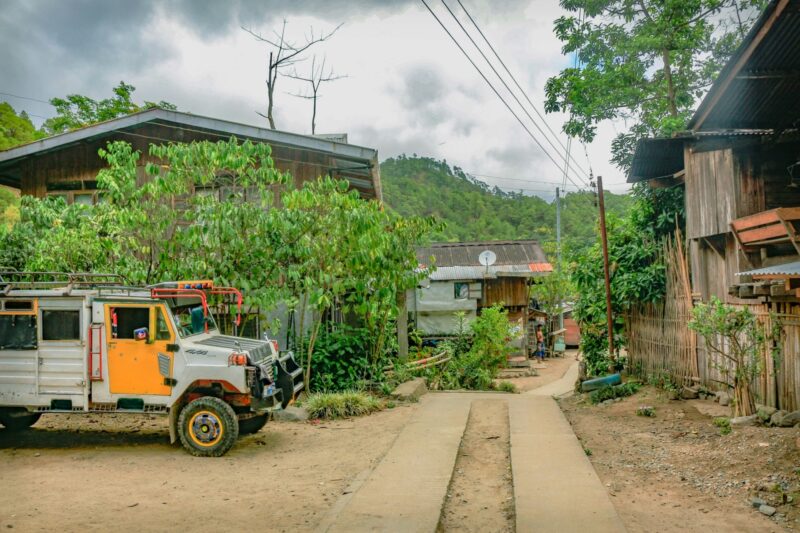Climate change-fueled tropical cyclones have already reduced Filipino household incomes by 7%
Household incomes have dropped by 7% on average across the Philippines due to climate-driven tropical cyclones, according to a new peer-reviewed study. In some provinces such as Surigao del Norte, Maguindanao, Batangas and Cavite, tropical cyclones reduced household income by more than 20%.
Share

New research: climate change-fueled tropical cyclones have already reduced Filipino household incomes by 7%
25 April: Household incomes have dropped by 7% on average across the Philippines due to climate-driven tropical cyclones, according to a new peer-reviewed study from international research organisation Climate Analytics published today in Economics of Disasters and Climate Change. In some provinces such as Surigao del Norte, Maguindanao, Batangas and Cavite, tropical cyclones reduced household income by more than 20%.
The study looked at national data gathered by the Philippine Statistical Authority between 2006 and 2015, and compared it with open source, storm-track data to identify exposed municipalities.
The Philippines is no stranger to tropical cyclones, experiencing eight to nine storms a year on average, and has a 50-year track record on building on disaster risk reduction strategies. However, the authors of the study emphasise that even with sustained attention and funding, climate change is driving economic losses from tropical cyclones that are being felt by households.
“Our research shows that even at the time that the Paris Agreement was signed, climate change was already reducing the average income of Filipino households. It really hammers home that development and climate issues can’t be separated, they have to be addressed hand in hand,” commented lead author Jessie Schleypen.
To date, economic impacts from tropical cyclones have been calculated using wind speed alone. In this new study, the research team incorporated data on precipitation as well, as even lower category storms can still bring with them torrential rains that lead to flooding.
One example is Tropical Storm Ketsana (local name: Ondoy) in 2009, which had relatively low wind speeds of up to 120 km per hour, but brought 455 mm of rain within 24 hours, resulting in sudden, six-metre-high flooding in parts of Metro Manila.
“We can see from our results that rain, and the flooding it causes, actually does more damage than winds,” said Schleypen.
The researchers still believe their results are conservative, as they do not encapsulate data on storm surges, nor storm duration.
The new study also incorporates granular local data to better understand the vulnerability of different social groups. Filipino households reliant on income from fishing have seen a 31.8% per year income reduction due to flooding and the contamination of seafood. Income from livestock and poultry raising also is heavily impacted, dropping an average of 15.4% per year.
“If you’re poor, you’re more likely to live in an exposed place, as the housing is cheaper. And any impacts will be a higher share of your total wealth, so you have less to rebuild with. It’s a vicious cycle, and it will get worse before it gets better” said Schleypen.
Annual damages from tropical cyclones are expected to increase by 7.2% by 2050 in the Philippines under climate policies currently in place. If the global community is able to limit warming to the Paris Agreement’s 1.5°C goal, this increase will be limited to a rise of 3.8%.











